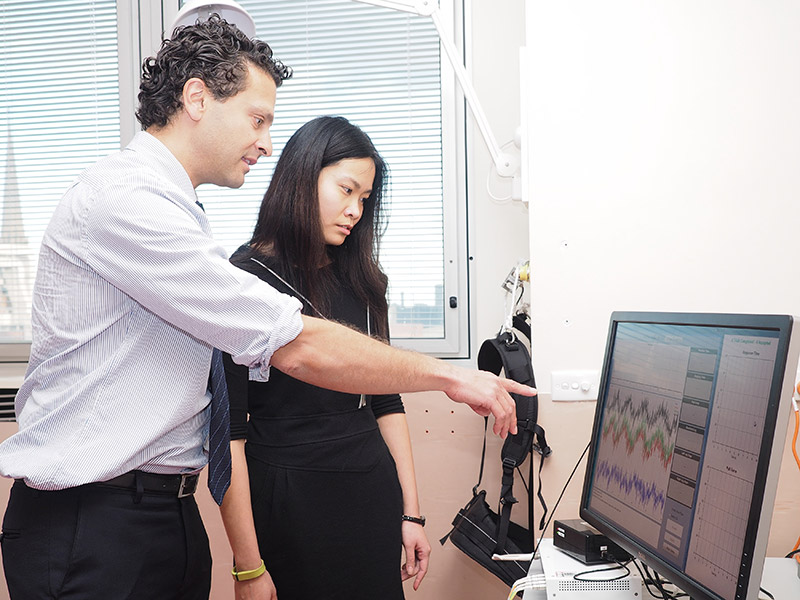Colonial Foundation’s granting strategy supports the principle outlined in a recent report from Philanthropy Australia about the future of philanthropy, namely that:
“If philanthropy hopes to make an impact on the social, political and environmental challenges that currently face us then we need to partner and be part of the change, guided by and in support of those with relevant expertise. We cannot be the focus for this change to occur, we need to embed ourselves as a lever”
The key elements of our Granting Framework are:
Partnership:
Our style of granting is focused on building a Partnership with the organisations we fund. We partner with organisations that focus on delivering the impact we want to achieve, and we expect our partners to promote the best method to achieve that impact.
Capacity Building:
Funding for capacity building and for the internal operations of the organisations we support has been a significant component of our granting and remains within our granting framework.
Large Impact:
The grants that we favour are those that seek to achieve significant or catalytic impact. This impact often requires substantial and sustained funding over several years. and should be measured in ways beyond numbers. We adopt a strategic approach to grant selection with a bias towards catalytic philanthropy.
Agility:
Our approach is that we are dynamic, flexible and proactive in choosing who we fund. We therefore tailor the characteristics of each grant. Each grant is unique and the measures of success for both the grantee and our Foundation are unique. This agility is a key characteristic of our granting framework.
Collaboration:
There is a growing recognition that collaboration amongst funders is an effective means of achieving greater impact through larger and longer grants. Where appropriate, we will seek collaboration with like-minded organisations. Collaboration could be either with other foundations or with other organisations with a united focus e.g. universities, MRIs or peak representative organisations.
Multiple Lenses:
Although we have identified the strategic grant themes that we support, there is often an interconnectivity between the themes that we support. Grants can often be looked at through different lenses for example addressing education is an important issue but can simultaneously improve regional Australia. The vision is optimum only when it is the combination of what both lenses see. It means that the impact and the benefit can be measured through more than one dimension.
Assessing potential new grants
The Foundation seeks to develop partnerships with charitable organisations that are attempting to identify the ‘root causes’ of issues and seeking to develop workable solutions, rather than those that treat the ‘after effects’ of issues. We are interested in organisations that we consider to be well-placed to make an enduring or systemic positive impact in the areas of our Grant Priorities.
Organisations will be well regarded if they have demonstrated:
- A clear vision for their organisation
- A deep understanding of how to achieve the outcome for which they are seeking funding
- A proven track record of achievement
- Passionate and capable leaders
Organisation Profile:
- Scope – We will only seek to make grants in Australia and for the benefit of Australians
- Scale – Is the organisation of sufficient scale to deliver the impact sought?
- Environmental, Social and Governance – What is the ESG profile of the organisation?
Impact:
- Alignment with the Foundation’s strategy – Is the project consistent with the Foundation’s stated mission and purpose?
- Relevance of need – How important is the issue being addressed and what is the scale of potential benefits from success? We have a strong preference to support projects that address ‘root causes’ of problems.
- Social impact – Does the project have a likelihood of broad community benefit? We have a preference to support large-scale, early interventional programs or research, including support to organisations capable of trialling innovative strategies that have the potential to bring about major improvements in how an issue is viewed or handled.
Outcome:
- Feasibility – What is the feasibility of the project and what is the likelihood of the partner organisation successfully achieving its stated objectives?
- Growth potential – Does the project facilitate the opportunity to build the capacity of the partner organisation?
- Sustainability – Does the project provide a ‘pathway’ to sustainability in the improvements or advancements sought?
- Efficiency – What is cost-efficiency of running the partner organisation?
- Financial and Non-financial – The potential outcome should be measured using both financial and non-financial measures
Collaboration:
- Influence or leverage – What is the ability to leverage other funding from the public or private sector to contribute to the sustainability of outcomes?
- Sharing of knowledge – What is the capacity to share findings, knowledge or experience to contribute to the development and effectiveness of the sector so that others may benefit?
Grant Amount:
The Foundation will only accept grants above $750,000 over three years.

Image above: Students at Ingle Farm Primary School in South Australia participate in The Australian Ballet Education program, photography by Aaron Veryard


